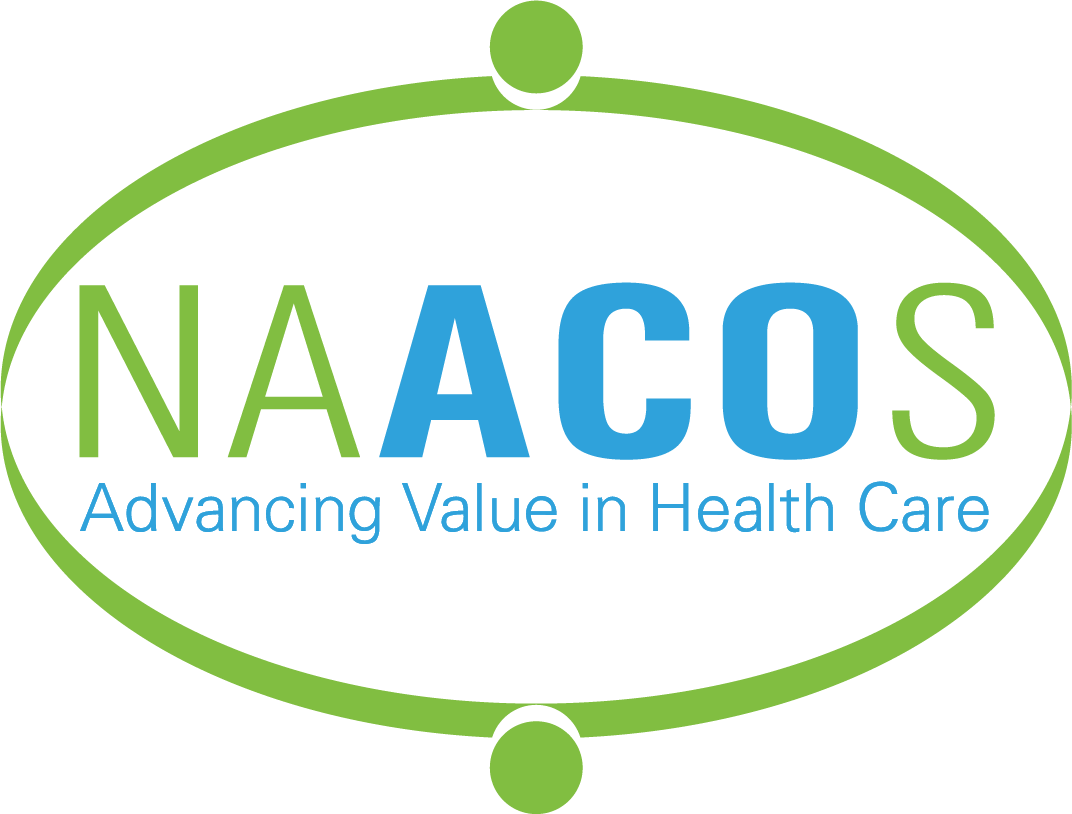News Release
February 20, 2020
Contact:
David Pittman
NAACOS Health Policy and Communications Advisor
202-640-2689 or [email protected]
NAACOS Urges Changes to New Payment Model and Seeks More Information
CMS’s Direct Contracting already faces challenges
WASHINGTON – The National Association of Accountable Care Organizations (NAACOS) wrote Medicare leaders to express some concerns and offer several suggestions about the forthcoming Direct Contracting Model, the Center for Medicare & Medicaid Innovation’s (Innovation Center’s) latest premier ACO-like model.
In a letter to Brad Smith, the new director at the Innovation Center, NAACOS expressed its continued support and desire to see Direct Contracting be successful but pointed to several lingering issues that need to be addressed. NAACOS fears without needed changes or additional information that organizations who are ready to push the boundary of payment reform and accelerate the movement to value will be derailed and the promise of the new Direct Contracting Model will not be realized.
“Direct Contracting was released with great fanfare and excitement, but the provider community is still lacking key information, such as that of the financial structure on which the model is based,” said Clif Gaus, Sc.D., NAACOS President and CEO. “We also hope other important aspects can be adjusted to ensure that robust early interest in the model translates to high participation.”
Direct Contracting, first announced last April with the Request for Applications posted in November, is the Innovation Center’s next premier accountable care model and builds upon lessons learned from the Medicare Shared Savings Program (MSSP), Next Generation ACO Model and other important programs, while offering capitation and high levels of risk and reward.
Among the points NAACOS made in its letter, the Innovation Center should:
“Many ACOs and provider groups will apply for MSSP as well as Direct Contracting so that they can make an educated decision once they have the necessary information. Not providing more information up front creates more administrative burden for providers and the agency,” the letter states. “Without these details and answers to lingering questions, MSSP or non-participation in alternative payment models would be a more attractive and stable option compared to Direct Contracting.”
In December, NAACOS launched the Direct Contracting Taskforce to offer educational tools and advocacy on behalf of organizations interested in the model. To date, NAACOS has held multiple webinars and planning several activities at its upcoming Spring Conference in Baltimore.
